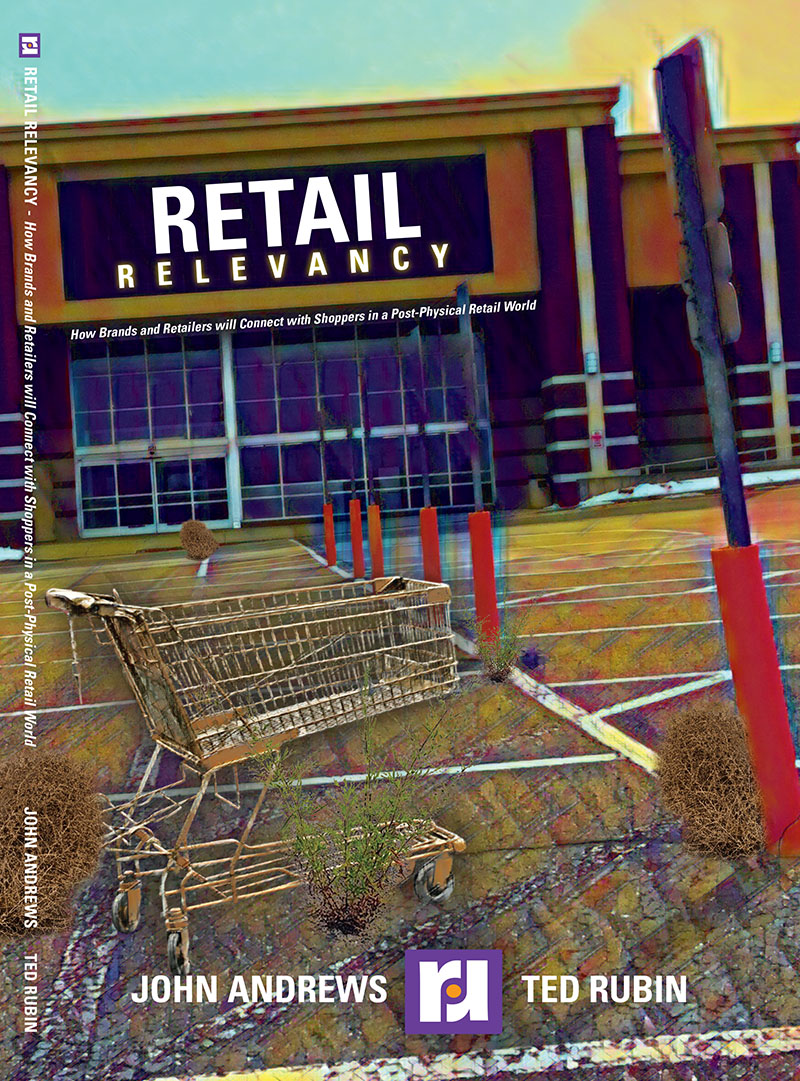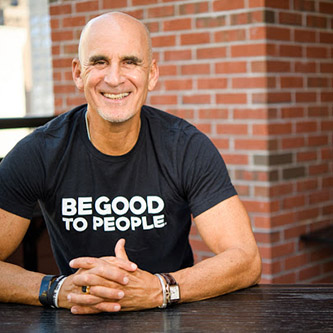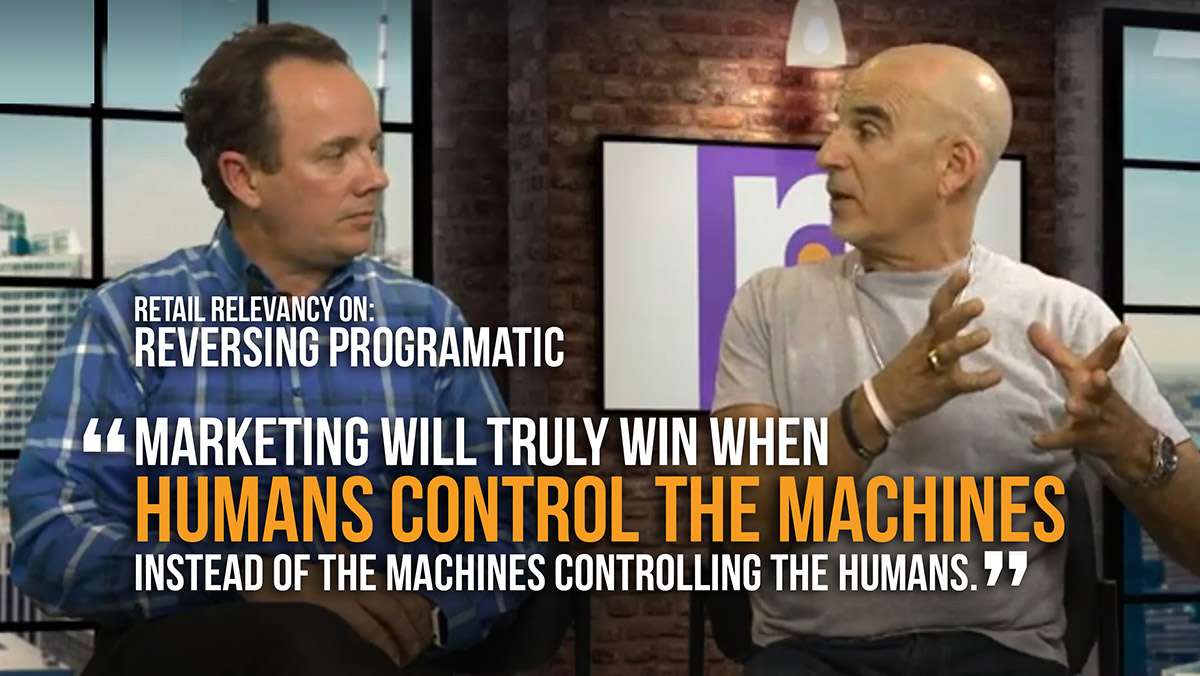Introduction to Retail Relevancy

Retail Relevancy: How Brands and Retailers will Connect in a Post-Physical World
Retail is transforming from a place where people “get” things to the facilitation of “getting” things.
Consumer shopping is changing in the digital age faster than many may have anticipated, and this is putting downward pressure on store-based environments. In fact, the very definition and understanding of retail as a whole is undergoing change. How radical that change will be is anyone’s guess. However, we believe it’s going to increase geometrically and destroy the current retail model completely over the next decade.
Ecommerce is having a massive impact already on most retailers, and many will not survive. If they do, they will be somewhat unrecognizable from their current forms. Many retailers find false comfort in the fact that current e-commerce penetration is only 15% or so in the US. It’s perhaps double that in China and India where many new consumers skipped large store-based retail when entering the marketplace. The rate of transition for most consumers is getting ready to experience hockey stick growth upward as a host of technologies converge to make “place-based retailing” simply less convenient than e-commerce at price parity or even price-advantaged.
Like any brand, “retail relevance” exists in the mind of the shopper and, unfortunately for many brands, relevancy will vanish as their ability to connect with shoppers is diminished. Retailers must redefine themselves in consumers’ minds as a “complete shopping facilitation service” no matter where the consumer chooses to interact.
Our goal is to explore how brands and retailers can thrive in the future by being relevant in consumer’s minds… an objective which has always been the core of branding and is now more important than ever.

John Andrews
CEO Photofy, Co-Founder Prevailing Path
Progressive career of emerging shopper marketing technology.
Creator of Walmart Elevenmoms, Founder of Collective Bias.
Brand marketing + retail marketing
Early ‘people as media’ platform builder
Social shopper marketing category creator

Ted Rubin
Advisory Board Member and CMO Photofy, Co-Founder at Prevailing Path, and Acting CMO Brand Innovators
Leading Social Marketing Strategist, Keynote Speaker, Brand Evangelist, MC/Host Brand Innovators Summits. In March 2009 started using and evangelizing the term ROR, Return on Relationship, hashtag #RonR.
Books: Return on Relationship, January 2013,
How To Look People in the Eye Digitally, January 2015.
